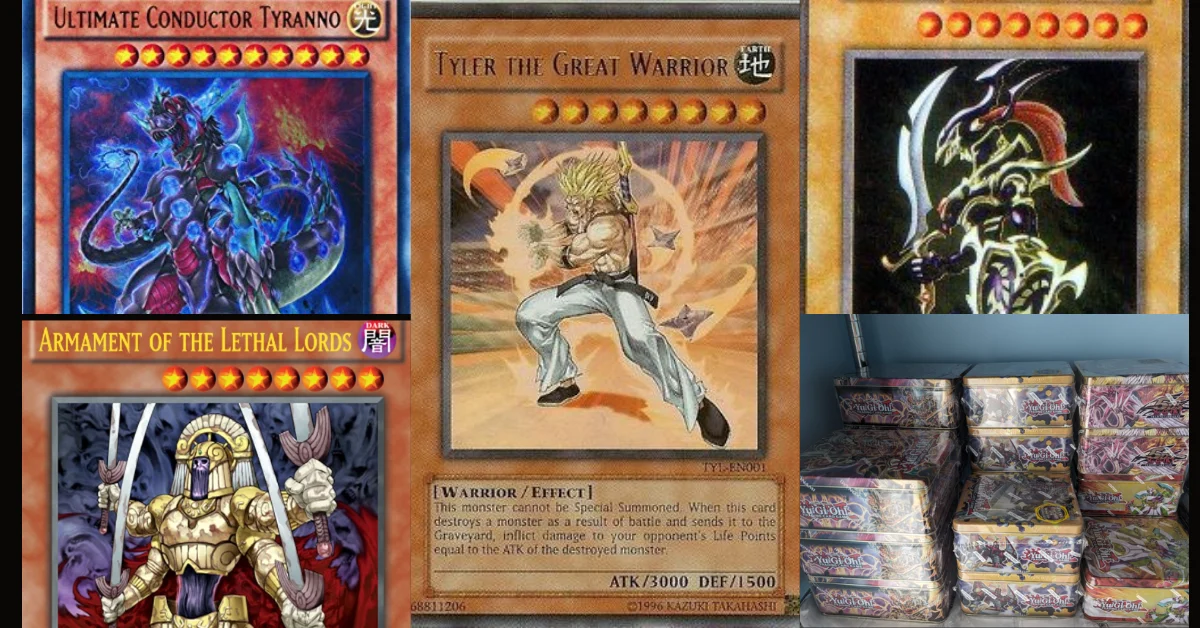Over the years, I’ve gone down some fascinating rabbit holes, but few compare to my dive into the world of Yu-Gi-Oh! From childhood nostalgia to tracking the ever-changing value of cards, I’ve been through it all—holding on to cherished pieces and wondering if they’re worth something today. What really intrigued me, though, was the complexity of Japanese versus English cards, the thrill of finding rare editions, and stories about cards that are literally priceless.
Are Japanese Yu-Gi-Oh! Cards Worth as Much as English Ones?
When I first looked into Japanese (OCG) cards versus English (TCG) cards, I thought they might be valued the same. I mean, a Blue-Eyes White Dragon is a Blue-Eyes, right? But things got more complicated. Prismatic Secret Rares in Japan, especially those with waifu art, tend to retain or even exceed the value of their English counterparts.
Interestingly, I found that the “waifu tax” (yes, that’s a real thing) plays a massive role. Cards with popular female characters like Chamber Dragonmaid are expensive across regions, no matter how cheap the rest of the set is. While English cards often hold more value for collectors due to accessibility, I noticed that OCG cards come with better quality and more rarity variations. Ghost Rares, Collector’s Rares, and even some foils exclusive to Japan make them special. But still, for other cards—like a Prismatic Secret Rare Gizmek—I saw that you could grab one in Japan for just $18 (2000 yen), while the English version tends to cost more.
The 1st Edition and Limited Edition Dilemma
Navigating the value of 1st edition versus limited edition cards was like solving a puzzle. At first, I thought, Of course, the limited edition must be worth more! But nope—it’s not that straightforward. Limited edition cards are usually reprints from tins or promotional sets, which makes them less valuable since they’re often guaranteed pulls.
The real gems are 1st editions—cards printed during the original release of a set. These carry a bit more value, but it’s not always drastic. However, when 1st editions overlap with rarities like Ultra or Ghost Rares, that’s where the money’s at. For example, a 1st edition of Blue-Eyes White Dragon from the “Legend of Blue Eyes White Dragon” set sells for over $250 in near-mint condition. But again, the condition is everything, and I’ve learned the hard way that a tiny scratch can drop the value significantly.
How to Spot a Rare Card
I became pretty obsessed with figuring out if I was sitting on hidden treasures. The easiest way to spot rare cards is through their foil elements. A Secret Rare has a silver name and parallel holofoil artwork, while an Ultra Rare features a gold name. Ghost Rares are another level entirely—they shine with a 3D holographic effect and trust me, they are beautiful. Spotting these differences is crucial if you’re trying to gauge the value of your cards accurately.
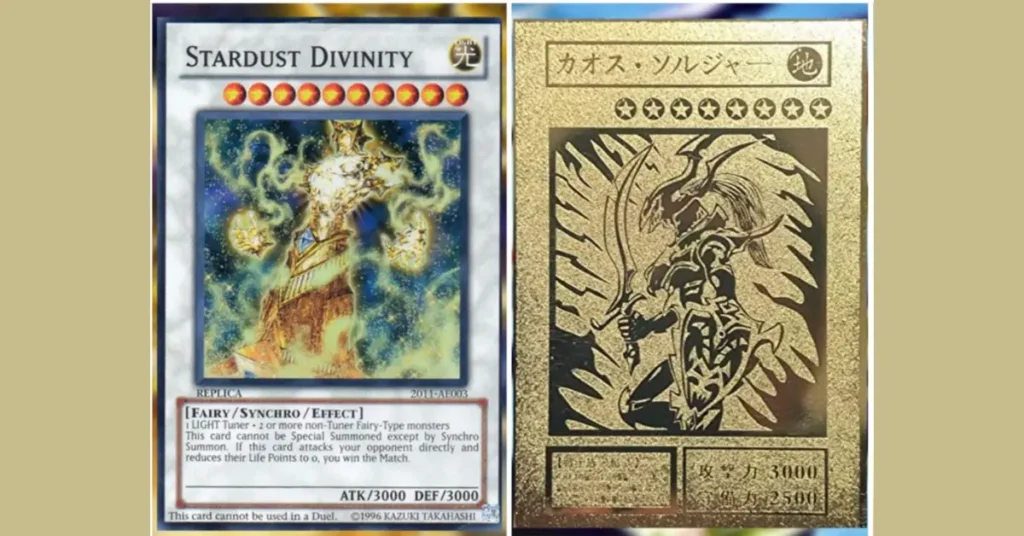
Why are some Yu-Gi-Oh cards so expensive?
Well, speaking from experience, getting into the world of Yu-Gi-Oh! has been both a thrilling and eye-opening ride, especially when it comes to understanding why some cards are ridiculously expensive. It’s almost like entering a mix of strategy, scarcity, and shiny cardboard economics.
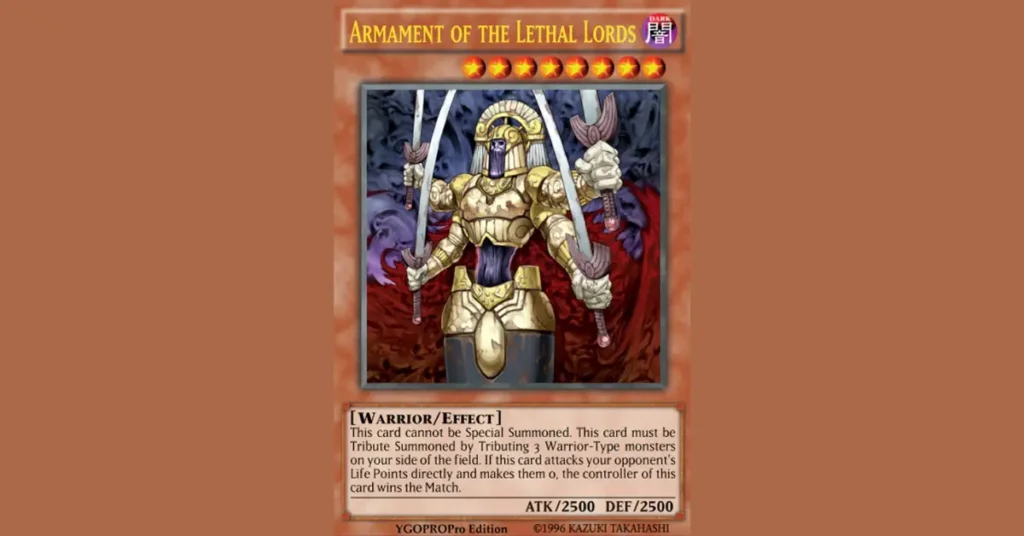
The above card is the Winner of the 2006 edition competitions. It was sold and thus bought for $9000.
First off, not all Yu-Gi-Oh! cards are created equal. Some cards have game-breaking power that make them essential for competitive play. Others are short-printed, meaning fewer copies exist, which makes collectors and players scramble for them. And, of course, there’s the allure of those ultra-rare, super-shiny cards. People love flashy things—myself included—and those holographic prints don’t just look cool; they add a sense of prestige. You could almost say it’s like wearing luxury branded clothes, but in card form.
The real kicker is that the secondary market—where most of the action happens—is driven by people who buy booster packs in bulk, hoping to strike gold. These “Yu-Gi-Oh! investors” have essentially cornered the market on rare cards. When these investors get their hands on valuable cards, they can pretty much dictate the price, and since many players and collectors aren’t willing to take the risk of buying countless booster packs themselves, they end up buying directly from these investors online.
It’s fascinating—and a bit frustrating—how these investors carefully set the prices. They’re balancing a bunch of factors, like how rare and powerful the card is right now and whether it’s likely to get reprinted or banned in the future. I’ve seen it happen: a card can be insanely valuable one day, and then suddenly lose relevance when a newer, more powerful card takes the spotlight or when a reprint floods the market. The whole thing keeps me on my toes—it’s like a constantly shifting game of supply and demand, with the added suspense of power creep and reprints always lurking in the background.
What surprised me the most is how some cards are priced as low as a couple of cents. It felt odd at first, but I realized it’s a clever strategy to build customer loyalty. Sellers hope that someone starting with a budget deck might eventually invest in more expensive cards to upgrade their build. I’ve been there myself—buying a few cheap cards, only to later drop more money on that one must-have card to complete my deck.
Ultimately, it’s not just about the cards themselves—it’s about the thrill, the hunt, and the value we place on them. Whether you’re a collector, a competitive player, or just someone who loves the shiny stuff (guilty as charged), Yu-Gi-Oh! cards offer a little bit of everything. And as long as people are willing to pay big money for rare cards, the market will keep evolving—just like the game itself.
The Most Valuable Yu-Gi-Oh! Card: Tyler the Great Warrior
One of the most heartwarming—and mind-blowing—stories I stumbled upon was about Tyler the Great Warrior. This card isn’t just rare; it’s a one-of-a-kind card designed by Tyler Gressle through the Make-A-Wish Foundation after he survived a battle with liver cancer. Modeled after Future Trunks from Dragon Ball Z, this card is priceless. There’s only one copy, and it belongs to Tyler himself.
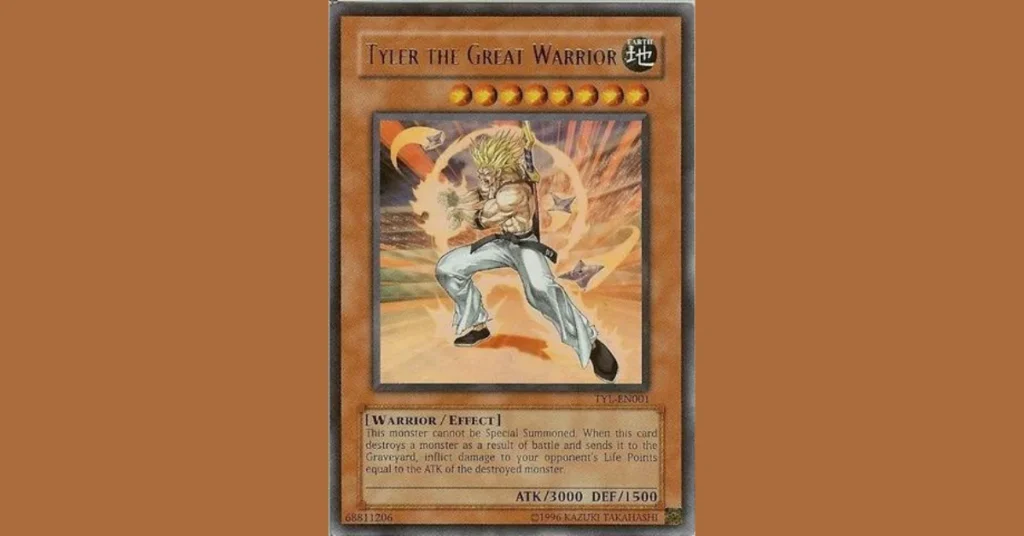
Knowing this story made me appreciate the emotional side of collecting even more. It’s not always about the monetary value—sometimes, it’s about the story behind the card and what it represents.
My Top Ten Favorite Yu-Gi-Oh! Cards
I can’t talk about Yu-Gi-Oh! Without mentioning some of my personal favorites. These cards have carried me through countless duels, and a few have even found a permanent spot in my binder, where I keep my most treasured pieces.
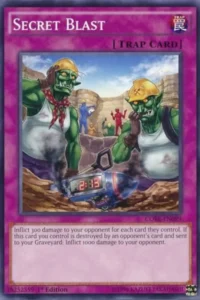
Secret Blast – My favorite trap card of all time! No matter what, it deals damage to my opponent. If they fill their field, it’s a game-changer.
Buster Blader, the Dragon Destroyer Swordsman – An overpowered beast, especially against dragon decks.
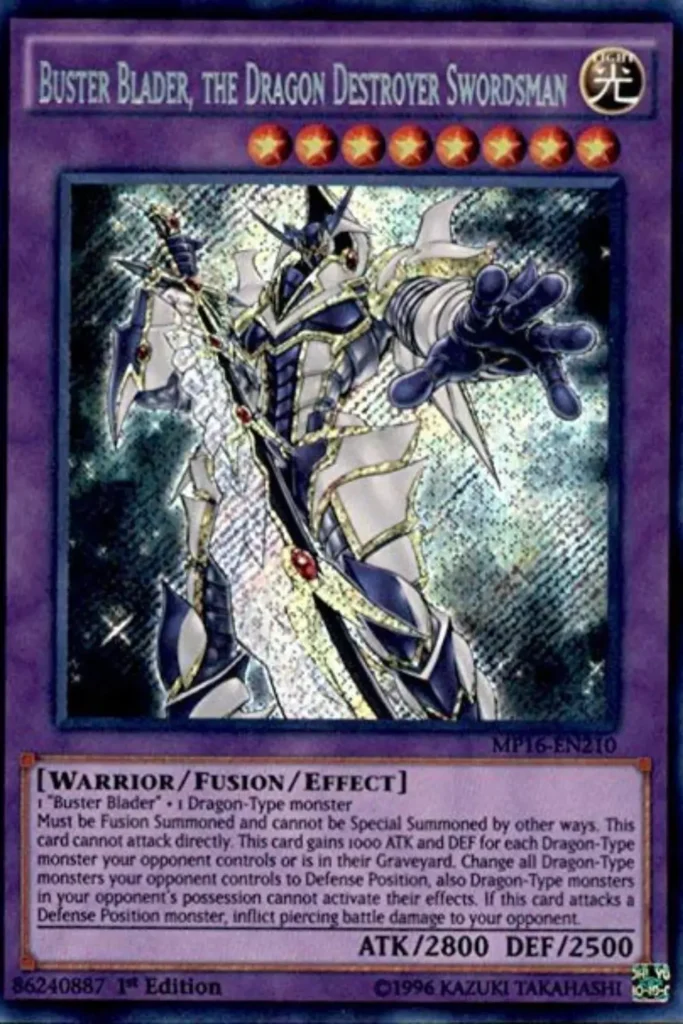
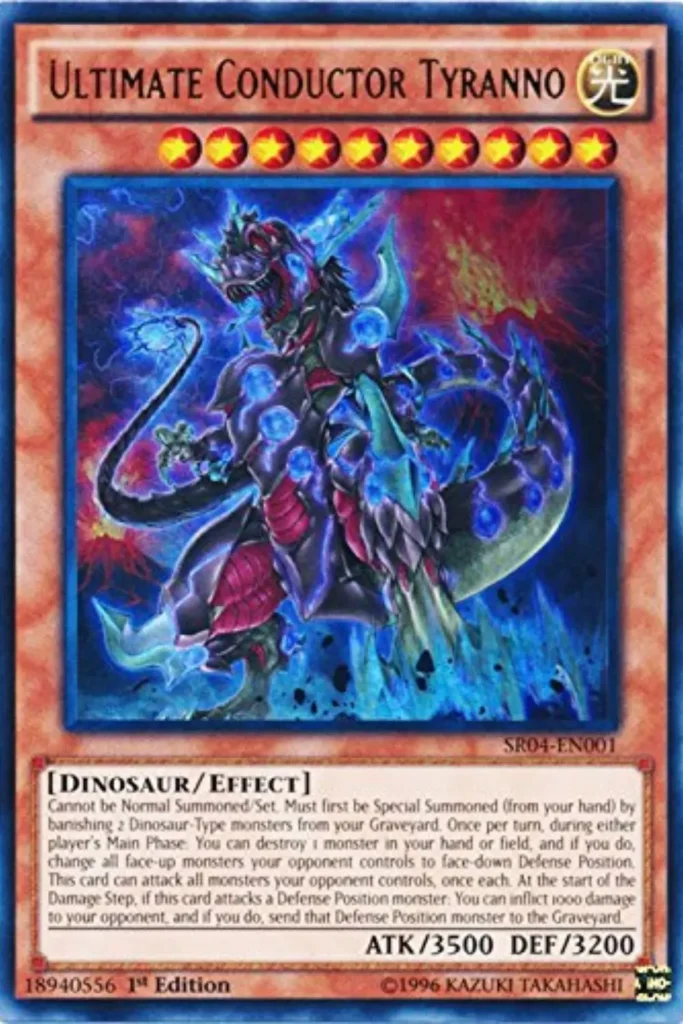
Ultimate Conductor Tyranno – This guy works against any deck. I can’t tell you how many times he’s saved me in tough matches.
Kasha – The MVP of my zombie deck. It’s easy to summon and gains insane attack boosts.
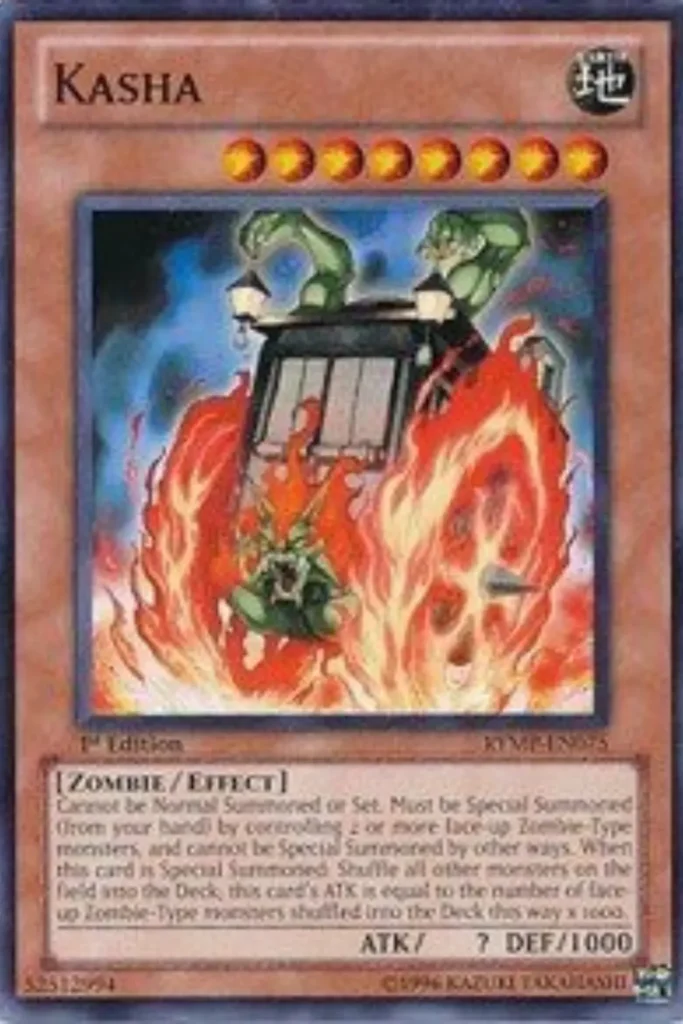
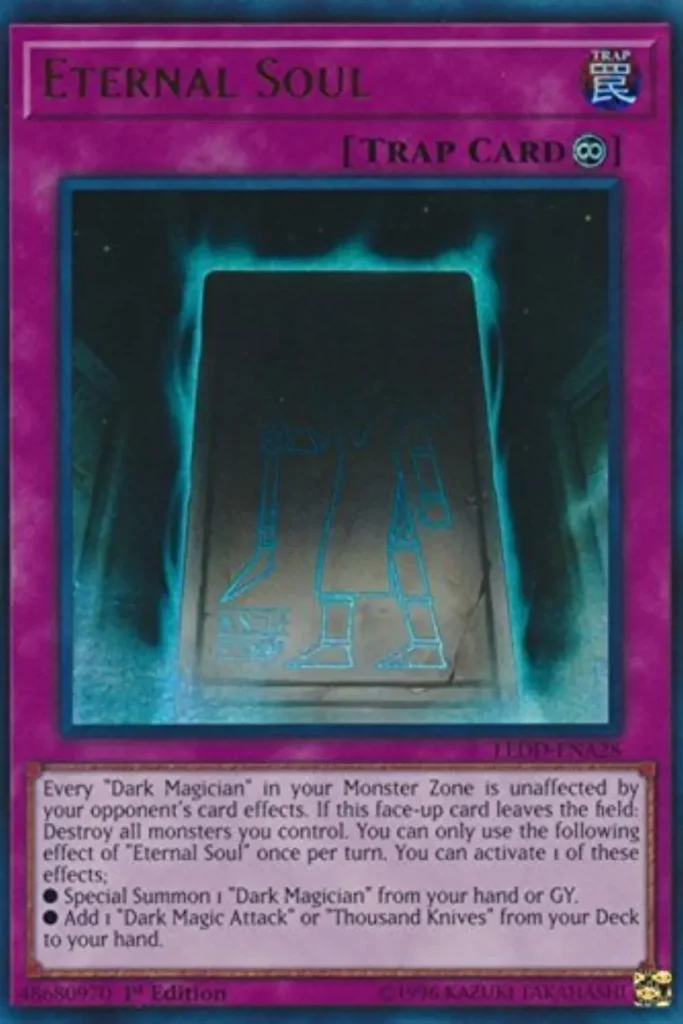
Eternal Soul – You need this card if you run a Dark Magician deck. It makes the deck nearly unbeatable.
Mirror Force Dragon – Wiping out my opponent’s entire field with this card has never gotten old.
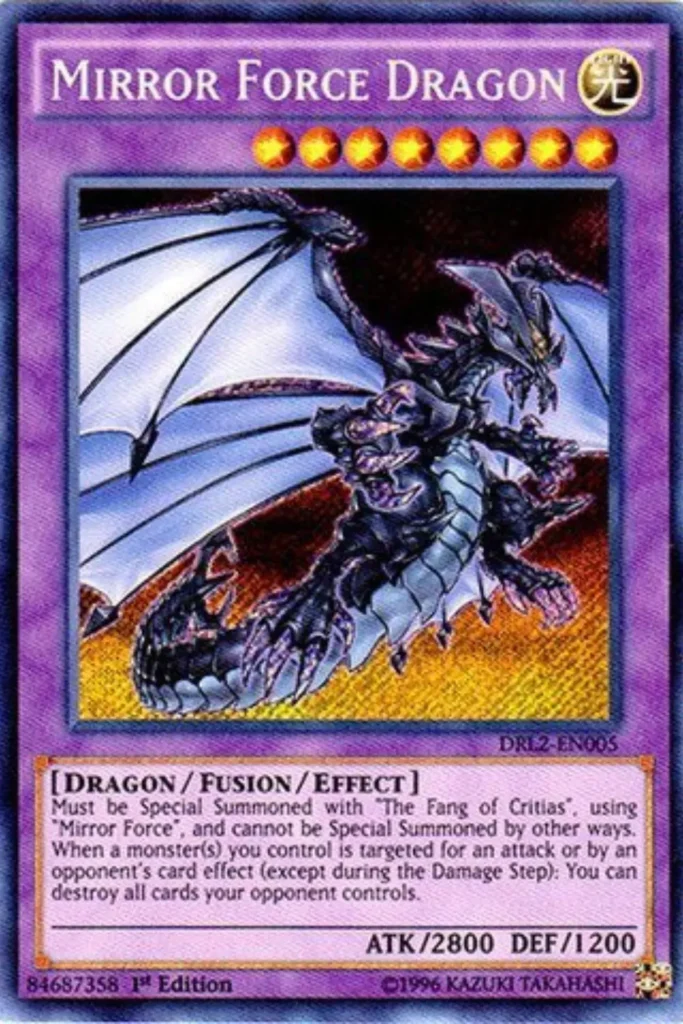
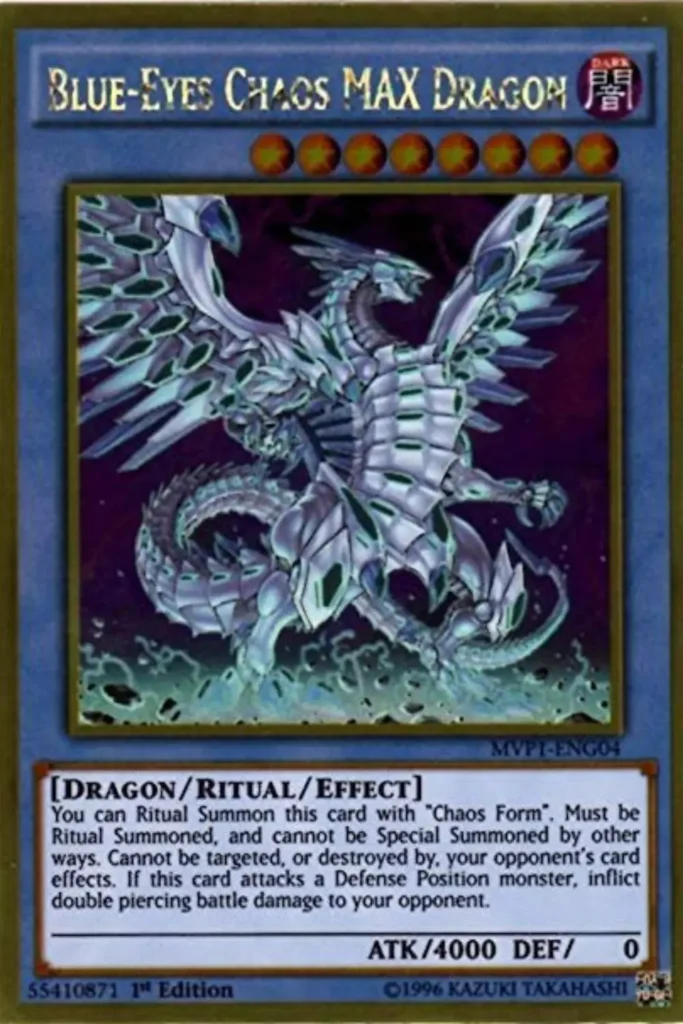
Blue-Eyes Max Chaos Dragon – Summoning this card feels like an achievement every single time.
Chamber Dragonmaid – Yeah, I fell into the waifu tax trap for this one, but she’s worth every penny.
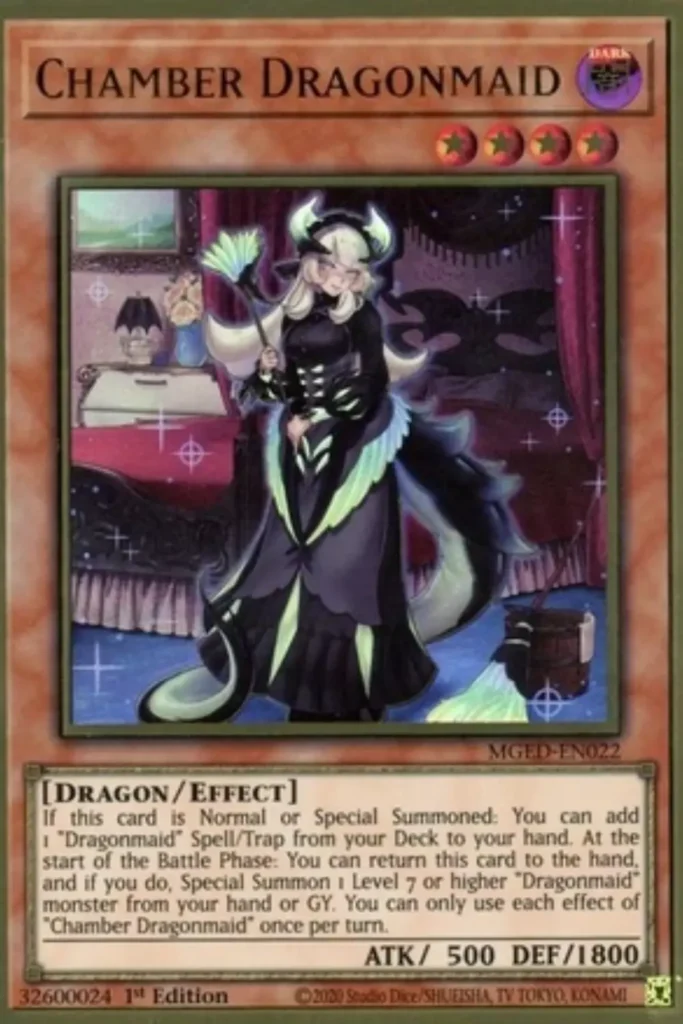
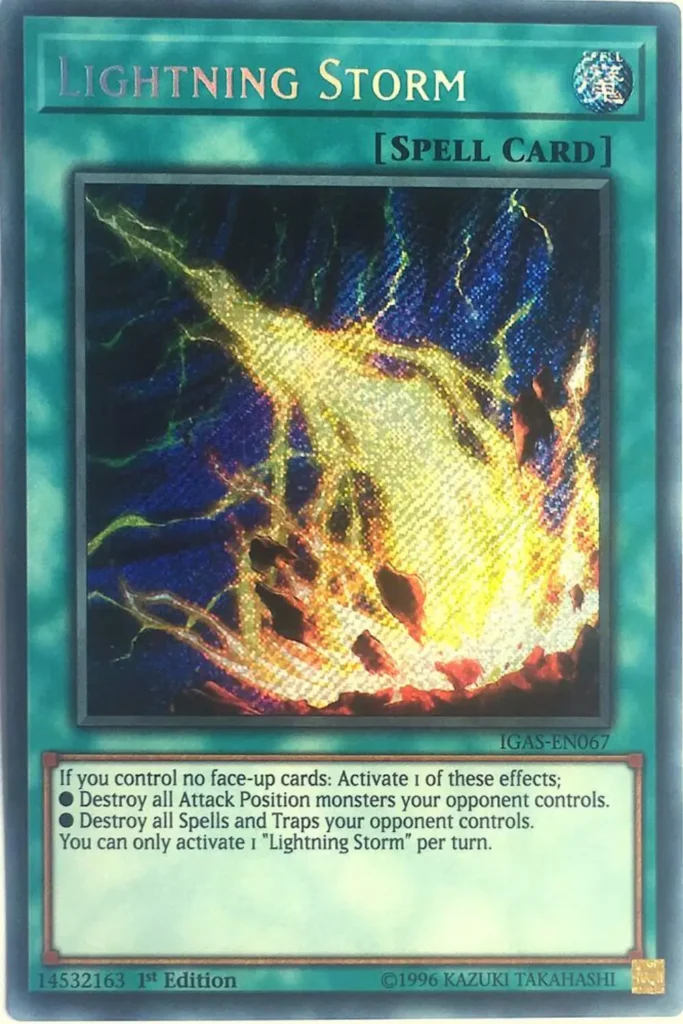
Lightning Storm – It’s the kind of card that can turn a losing game around.
Red-Eyes B. Dragon – A classic that still gives me chills every time I draw it.
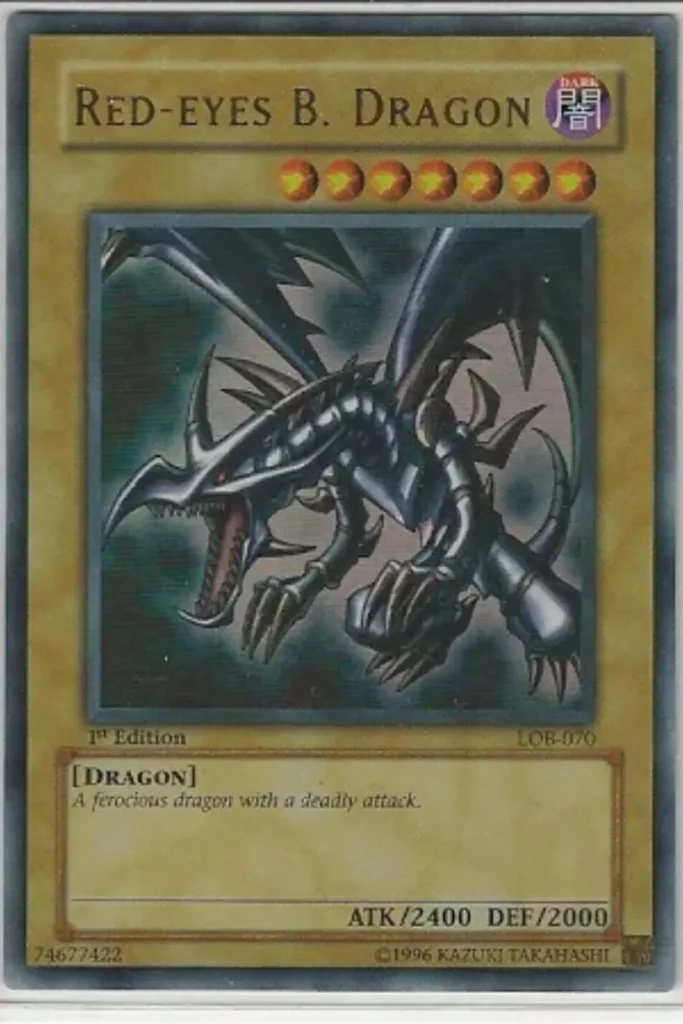
Are Yu-Gi-Oh! Cards Still Worth Anything?
The short answer is yes, but the real value depends on a few factors: rarity, condition, and competitive relevance. While some older cards from the early 2000s sell for thousands (like sealed booster boxes from the first sets), most of the cards I had from childhood aren’t worth much—unless they’re 1st edition or in near-mint condition. But here’s the kicker: competitive cards can still fetch a decent price even if they’re not in mint condition.
For example, Lightning Storm—a game-changing card—costs $115 in English but only $16 in Japanese. Meanwhile, some nostalgic cards like Shizuku still hold value for inexplicable reasons (it’s going for $40!). I also found out that uncensored versions of older cards like Harpie Ladies can sell for quite a bit, thanks to the novelty factor.
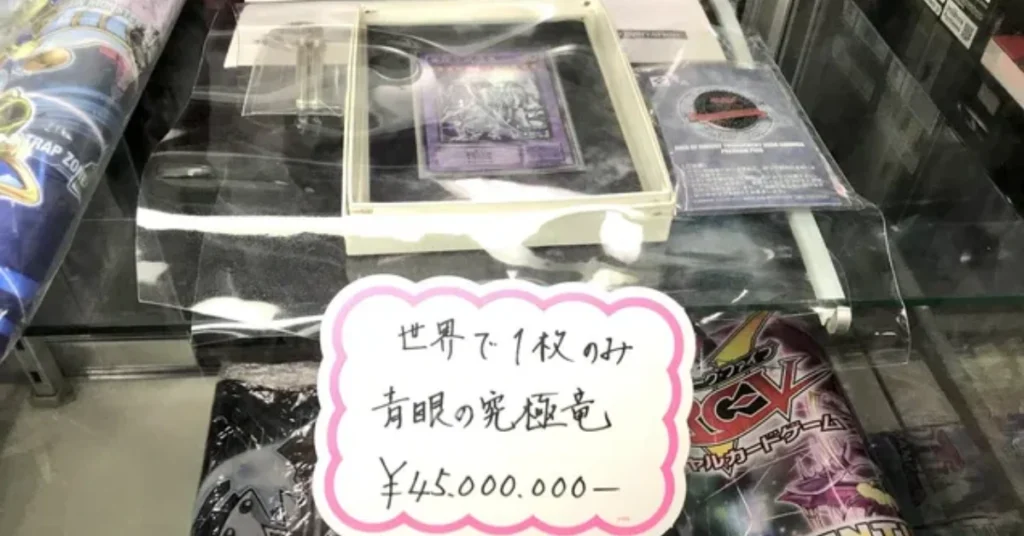
One card, the Blue-Eyes Ultimate Dragon, sold for an astonishing 45 million yen ($406,800) in Tokyo’s Card Shop Spiral specialty store. So, I think that gets at the answer you were looking for.
Selling Yu-Gi-Oh! Cards: What I’ve Learned
Selling cards isn’t as easy as I thought it would be. I had to learn how to look up card codes (those tiny numbers in the bottom corner), use TCGplayer to get price estimates, and mark them down by 15-20% if I wanted them to sell quickly. Platforms like eBay or Facebook groups were the best places to find serious buyers.
I also realized there are three types of people who buy rare cards:
Collectors – People like me, who buy cards for nostalgia or to complete sets.
Investors – Those who bet on cards appreciating in value over time.
Scalpers – Folks who flip cards for a quick profit, especially during market booms.
The Yu-Gi-Oh! Experience Lives On
At the end of the day, Yu-Gi-Oh! is more than just a trading card game—it’s a blend of strategy, nostalgia, and storytelling. Whether you’re hunting for rare cards, playing casually with friends, or just rediscovering your old collection, there’s always something magical about the game. And who knows? Maybe one day, I’ll stumble upon a hidden gem in my collection and strike gold. But even if I don’t, the memories I’ve made along the way are priceless.

